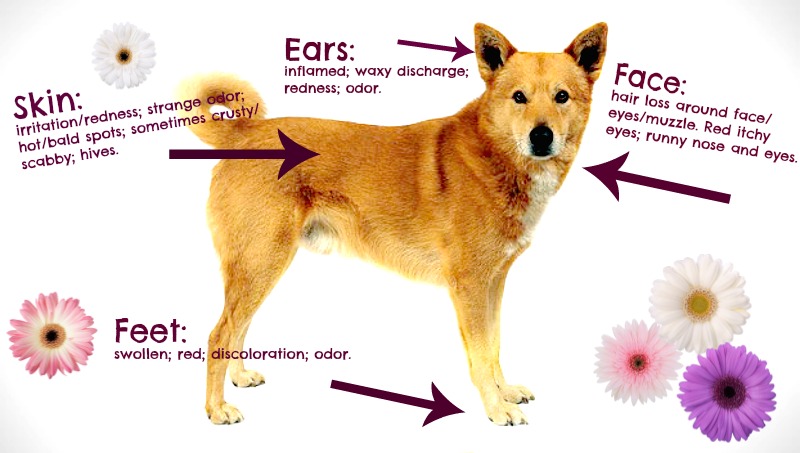
How To Know If Your Dog Has A Skin Allergy. The most common way to spot your pups allergic reaction is by closely examining the skin as canines have a much higher count of histamine-releasing cells there. You may also notice signs of fleas such as flea dirt or even. This makes affected dogs extremely itchy especially at the base of the tail and their skin may become red inflamed and scabbed. It is important to pay close attention to the allergic reaction especially when and where it occurs.

In most cases an allergist will use a skin-prick test to diagnose allergies. So its normally the chicken the pork or the fish. Unfortunately this always involves bathing your dog to rid them of the irritants that bother their skin. Monitoring a pattern in what your dog has been exposed to and his or her reaction can be helpful in narrowing down the source of the allergy. During a skin-prick test an allergist will put a droplet containing a tiny amount of dog proteins onto the skin. One common method is an intradermal skin test.
This makes affected dogs extremely itchy especially at the base of the tail and their skin may become red inflamed and scabbed.
Types of Dog Allergies. Types of Dog Allergies. The majority of allergies in dogs manifest on the skin whether or not the allergen has come into direct contact with the skin. It is important to pay close attention to the allergic reaction especially when and where it occurs. In some cases it can be to the carbohydrates in which case it. Monitoring a pattern in what your dog has been exposed to and his or her reaction can be helpful in narrowing down the source of the allergy.